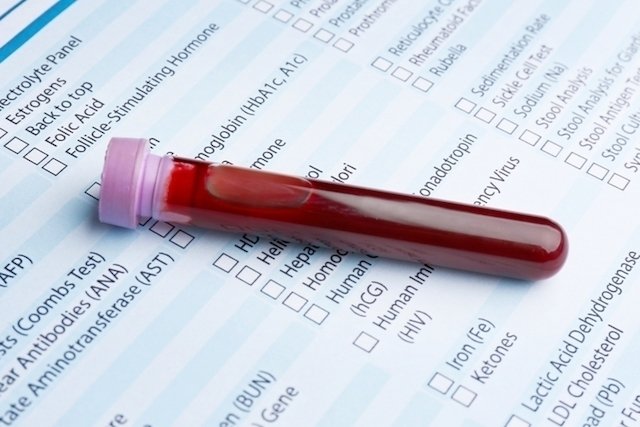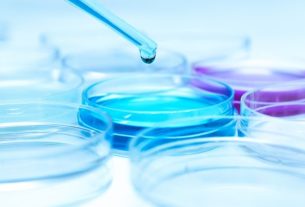RDW is the acronym for Red Cell Distribution Widthwhich in Portuguese means Amplitude of Distribution of Red Blood Cells, and which evaluates the variation in size between red blood cells, this variation being called anisocytosis.
Therefore, when the value is high in the blood count it means that the red blood cells have significant differences in size, so that very large and very small red blood cells can be seen in the blood smear. When the value is below the reference value, it normally has no clinical significance, only if, in addition to the RDW, other indices are also below the normal value, such as the MCV, for example. Understand what VCM is.
The RDW is one of the parameters that make up the blood count and, together with the other information provided by the exam, it is possible to check the production of blood cells and the person’s general condition. When the RDW result is altered, it is possible to suspect some situations, such as anemia, diabetes or liver problems, the diagnosis of which must be made based on the analysis of the complete blood count and biochemical tests. See how to read the other blood count test values.

When is the exam indicated?
This test is often requested when anemia is suspected, due to symptoms such as dizziness, tiredness or pale skin, for example. However, the doctor may also order the test when you have or have had:
- Family history of blood disorders;
- Bleeding during surgery or after a blow;
- Diagnosis of a disease that may cause changes in blood cells;
- Chronic illness, such as HIV.
Sometimes, this test may even be requested as part of a routine blood test, without there being a specific cause.
Do you have questions about your exam results?
Blood count calculator
To find out if your RDW result is normal, enter your exam result into the following calculator:
How to prepare for the exam
For the blood count to be carried out and, consequently, the RDW, it is not necessary to fast. However, the blood count is usually requested along with other blood tests that require fasting for at least 8 hours.
Normally, blood collection takes less than 5 minutes and is easily done in the hospital or at any testing clinic by removing a small sample of blood through a vein.
What does the result mean
The reference value for RDW in the blood count is 11 to 14%, however, this result may vary depending on the laboratory. Therefore, if the value is above or below this percentage, it may have different meanings and, therefore, it is always important that the value is evaluated by the doctor who ordered the exam.
RDW high
Anisocytosis is the term given when the RDW is increased, and a large variation in size between red blood cells can be seen in the blood smear. RDW may be increased in some situations, such as:
- Iron deficiency anemia;
- Megaloblastic anemia;
- Thalassemia;
- Liver diseases.
Furthermore, people undergoing chemotherapy or antiviral treatment may also have increased RDW.
low RDW
Low RDW normally has no clinical significance when interpreted in isolation, however, if other changes are found in the blood count, it may indicate anemia caused by a chronic disease, such as liver disease, kidney problems, HIV, cancer or diabetes, for example.
Bibliography
- LI, Ning; ZHOU, Heng; TANG, Qizhu. Red Blood Cell Distribution Width: A Novel Predictive Indicator for Cardiovascular and Cerebrovascular Diseases. Dis Markers. 2017
- Natane Moreira de Carvalho. RDW and the risk of cardiovascular disease in participants in the Longitudinal Study of Adult Health (ELSA – Brazil). Doctoral thesis, 2019. Federal University of Minas Gerais.
- SANTOS, ANA MAFALDA DF; ALFARO, TIAGO M.; CORDEIRO, CARLOS R. Anisocytosis Index (RDW): a prognostic factor in hypersensitivity pneumonitis?. Available at: <https://estudogeral.uc.pt/bitstream/10316/32130/1/Tese_MafaldaSantos_finale.pdf>. Accessed on Aug 29, 2023

Sign up for our newsletter and stay up to date with exclusive news
that can transform your routine!
Warning: Undefined array key "title" in /home/storelat/public_html/wp-content/plugins/link-whisper-premium/templates/frontend/related-posts.php on line 12
Warning: Undefined array key "title_tag" in /home/storelat/public_html/wp-content/plugins/link-whisper-premium/templates/frontend/related-posts.php on line 13



